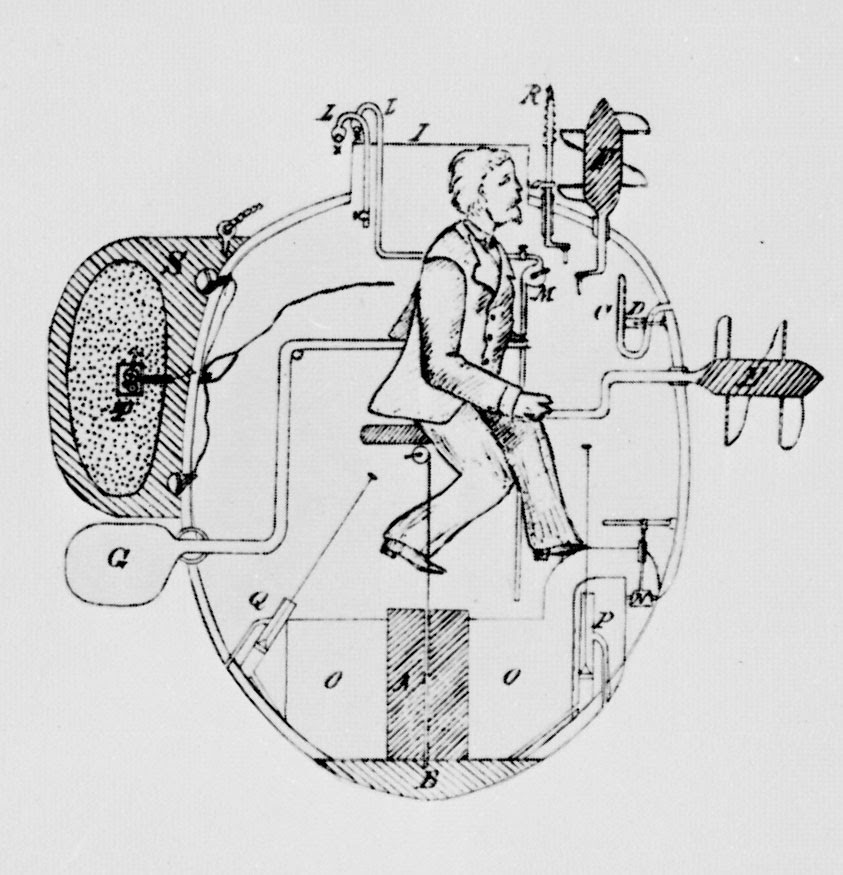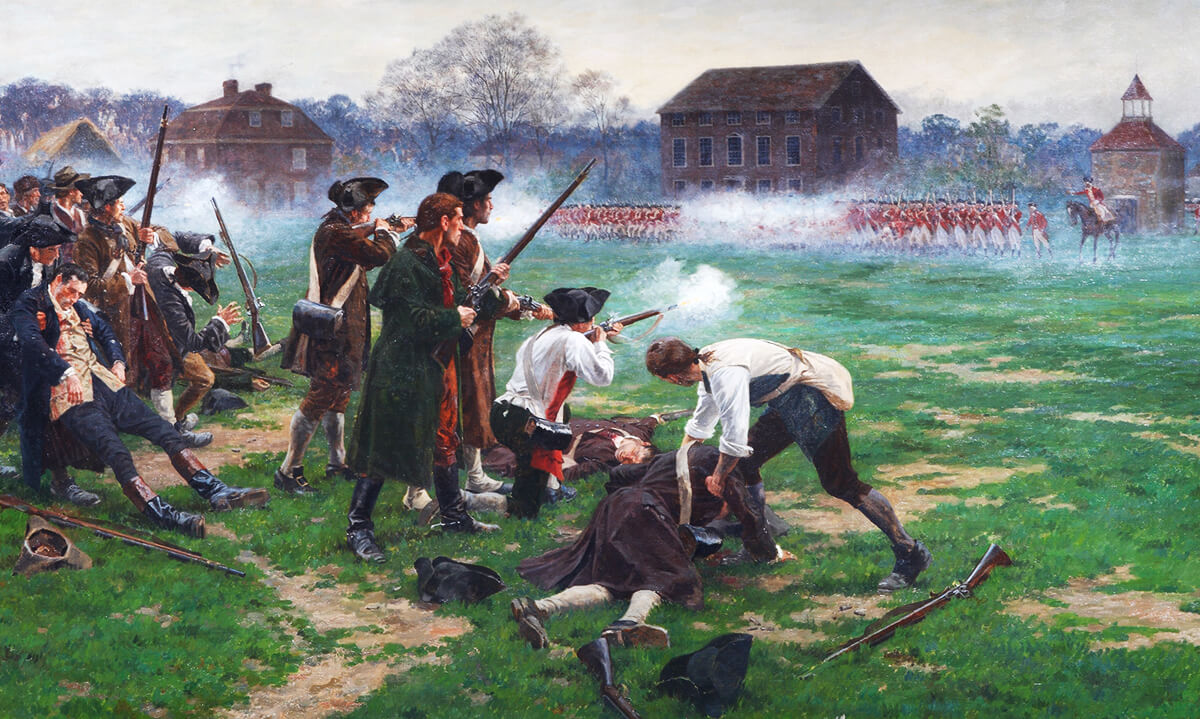 On September 6, 1776, the first American submarine called Turtle attempted a military maneuver in an effort to help George Washington turn the tide of battle.
On September 6, 1776, the first American submarine called Turtle attempted a military maneuver in an effort to help George Washington turn the tide of battle.
Invented by David Bushnell, the submersible Turtle had a maximum speed of 3 knots (a little less than 3.5 miles per hour). It consisted of a wooden barrel-like body, a brass & glass cap, navigation instruments, oars, and a treadle-powered screw propeller. The three bombs on board were planned to sink the British ship HMS Eagle in New York Harbor.
Not having a lot of experience operating the submarine, Ezra Lee launched aboard the Turtle around 11 pm on September 6, 1776. Reaching his target about two-and-a-half hours later, he attempted to bore through the Eagle and deposit the bombs. The hull, however, had a copper layer and Lee was unsuccessful.
Forced to retreat with malfunctioning navigation equipment, Lee was pursued and dropped the bombs into the harbor during his retreat. His escape was made possible because the British broke off pursuit. The bombs later exploded with no damage to the British fleet.
 George Washington spoke about Bushnell’s submarine in a 1785 letter to Thomas Jefferson:
George Washington spoke about Bushnell’s submarine in a 1785 letter to Thomas Jefferson:
That he [Bushnell] had a machine which was so contrived as to carry a man under water at any depth he chose, and for a considerable time & distance, with an apparatus charged with powder which he could fasten to a ship’s bottom or side & give fire in any give time ([sufficient] for him to retire) by means where of a ship could be blown up, or sunk, are facts which I believe admit of little doubt.
Even though Turtle did not have any successful missions and was sunk in October 1776 during transport, it is still viewed today as a military marvel.
Still looking for answers? Visit our FAQ page
More Resources
Know the Truth and Protect Your Freedoms.
Still looking for answers? Visit our FAQ page
Stay Informed with the Latest Resources
Enter your email address to receive our regular newsletter, with important information and updates right in your inbox!










